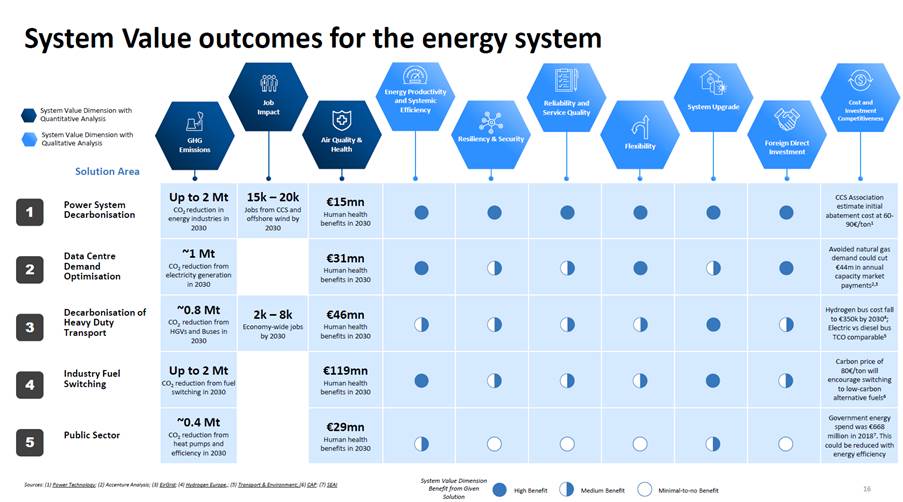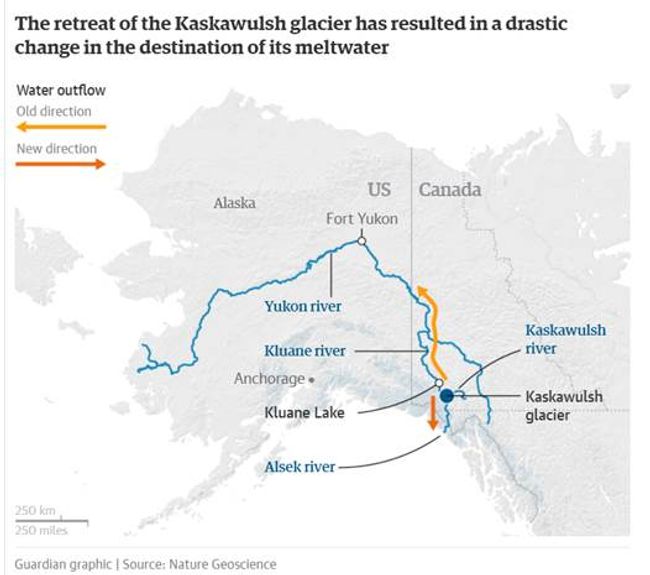
The Green Scene: World Economic Forum System Value Analysis for Ireland & Disappearing rivers
The ‘Green Scene’ Series on Newstalk is a weekly update on energy and environmental matters with Pat Kenny and MaREI Director Brian Ó Gallachóir.
On May 18, 2021, Prof Ó Gallachóir will be discussing the World Economic Forum System Value Analysis for Ireland and disappearing rivers.

World Economic Forum System Value Analysis for Ireland
1. The World Economic Forum has developed a ‘system value framework’ to evaluates economic, environmental, social and technical outcomes of potential energy solutions
2. The framework aims to shift political and commercial focus beyond cost to include value.
3. To demonstrate the framework, analyses were carried out across multiple diverse markets across the globe (Brazil, USA, India, China and Ireland).
4. Accenture undertook a System Value Analysis for Ireland’s 2030 Climate Targets
5. The analysis examined changes in the energy system and associated implications for jobs, health, resilience, competitiveness and GHG emissions.
6. It focussed on changes in addition to the Climate Action Plan 2019 – to get us to the deeper emissions reductions by 2030
7. The changes were
a) carbon capture and storage on gas power plants and offshore wind (15k – 20k jobs),
b) 24/7 zero emissions energy for data centres,
c) reducing freight emissions with renewable fuels, (2k – 8k jobs) and
d) increased public sector energy efficiency and electrification of heating
e) increased renewable heating and electric heating in industry
8. The analysis quantified €240 million in health benefits in 2030 associated with these changes
9. The comparison with other studies positioned Ireland relative other countries
a) Some countries are at the core elements stage (such as the US) where they are starting to make key changes in electricity system
b) Others (including Ireland, EU and UK) are at pivot points where renewables in electricity reach 20% – 30%
c) The next phase requires systemic efficiency to accelerate to net zero emissions
10. These measures do vary in terms of the other ‘value outcomes’ – e.g. data centres measure increases FDI, system flexibility and systemic efficiency

Climate change and the disappearing rivers
1. As glaciers around the world recede rapidly owing to global warming, some communities are facing a new problem: the sudden disappearance of their rivers.
2. River piracy, or stream capture, is when water from one river is diverted into another because of erosion or, in this case, glacier melt
3. What we can expect is land that has been continuously covered by ice for many centuries will become ice-free, thus redirecting rivers in high mountain areas.
4. In most instances, the redirection will be inconsequential.
5. But in some areas with various user groups that rely on the river’s flow, the changes might have a more significant impact.
6. Canada’s largest glacier melted so quickly in 2016 that it diverted a large river, and thus significantly reduced the water level of a lake it fed.
7. The Slims river disappeared over a 4 day period as an intense glacier melt suddenly diverted its flow into another watercourse
8. It spanned up to 150 metres at its widest points!
9. For hundreds of years, the Slims carried meltwater northwards from the vast Kaskawulsh glacier in Canada’s Yukon territory into the Kluane river, then into the Yukon river towards the Bering Sea.
10. But in spring 2016, a period of intense melting of the glacier meant the drainage gradient was tipped in favour of a second river, redirecting the meltwater to the Gulf of Alaska, thousands of miles from its original destination.
The REthink Energy series featuring Green Scene is supported by ESB and The Institute of International and European Affairs.

THE 'GREEN SCENE' SERIES ON THE PAT KENNY SHOW
CATCH UP WITH THE GREEN SCENE PODCASTS ON CURRENT ENERGY AND ENVIRONMENTAL MATTERS
Listen Here

